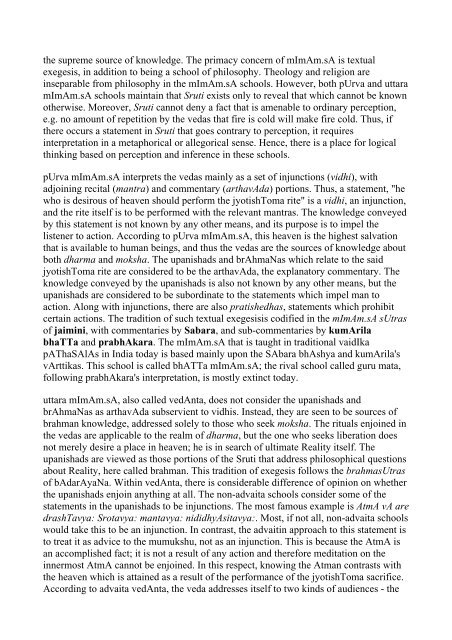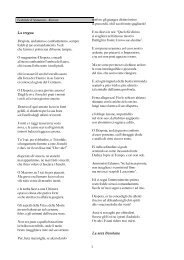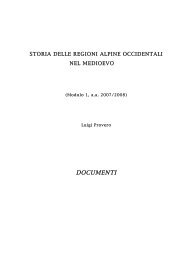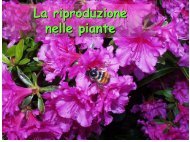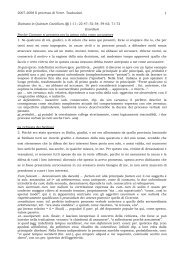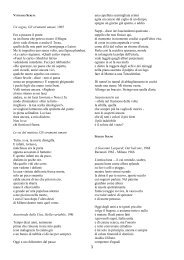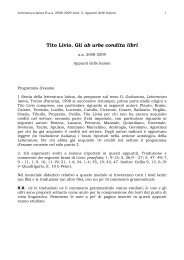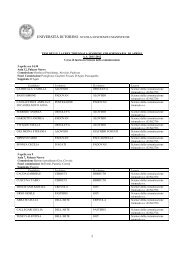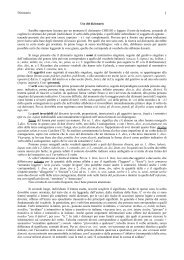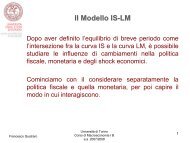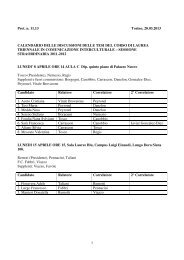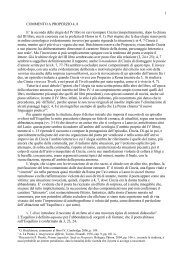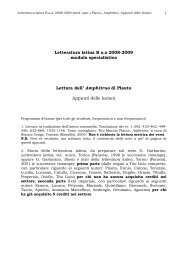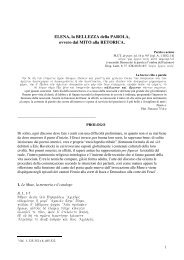ajAti vAda
ajAti vAda
ajAti vAda
Create successful ePaper yourself
Turn your PDF publications into a flip-book with our unique Google optimized e-Paper software.
the supreme source of knowledge. The primacy concern of mImAm.sA is textual<br />
exegesis, in addition to being a school of philosophy. Theology and religion are<br />
inseparable from philosophy in the mImAm.sA schools. However, both pUrva and uttara<br />
mImAm.sA schools maintain that Sruti exists only to reveal that which cannot be known<br />
otherwise. Moreover, Sruti cannot deny a fact that is amenable to ordinary perception,<br />
e.g. no amount of repetition by the vedas that fire is cold will make fire cold. Thus, if<br />
there occurs a statement in Sruti that goes contrary to perception, it requires<br />
interpretation in a metaphorical or allegorical sense. Hence, there is a place for logical<br />
thinking based on perception and inference in these schools.<br />
pUrva mImAm.sA interprets the vedas mainly as a set of injunctions (vidhi), with<br />
adjoining recital (mantra) and commentary (artha<strong>vAda</strong>) portions. Thus, a statement, "he<br />
who is desirous of heaven should perform the jyotishToma rite" is a vidhi, an injunction,<br />
and the rite itself is to be performed with the relevant mantras. The knowledge conveyed<br />
by this statement is not known by any other means, and its purpose is to impel the<br />
listener to action. According to pUrva mImAm.sA, this heaven is the highest salvation<br />
that is available to human beings, and thus the vedas are the sources of knowledge about<br />
both dharma and moksha. The upanishads and brAhmaNas which relate to the said<br />
jyotishToma rite are considered to be the artha<strong>vAda</strong>, the explanatory commentary. The<br />
knowledge conveyed by the upanishads is also not known by any other means, but the<br />
upanishads are considered to be subordinate to the statements which impel man to<br />
action. Along with injunctions, there are also pratishedhas, statements which prohibit<br />
certain actions. The tradition of such textual exegesisis codified in the mImAm.sA sUtras<br />
of jaimini, with commentaries by Sabara, and sub-commentaries by kumArila<br />
bhaTTa and prabhAkara. The mImAm.sA that is taught in traditional vaidIka<br />
pAThaSAlAs in India today is based mainly upon the SAbara bhAshya and kumArila's<br />
vArttikas. This school is called bhATTa mImAm.sA; the rival school called guru mata,<br />
following prabhAkara's interpretation, is mostly extinct today.<br />
uttara mImAm.sA, also called vedAnta, does not consider the upanishads and<br />
brAhmaNas as artha<strong>vAda</strong> subservient to vidhis. Instead, they are seen to be sources of<br />
brahman knowledge, addressed solely to those who seek moksha. The rituals enjoined in<br />
the vedas are applicable to the realm of dharma, but the one who seeks liberation does<br />
not merely desire a place in heaven; he is in search of ultimate Reality itself. The<br />
upanishads are viewed as those portions of the Sruti that address philosophical questions<br />
about Reality, here called brahman. This tradition of exegesis follows the brahmasUtras<br />
of bAdarAyaNa. Within vedAnta, there is considerable difference of opinion on whether<br />
the upanishads enjoin anything at all. The non-advaita schools consider some of the<br />
statements in the upanishads to be injunctions. The most famous example is AtmA vA are<br />
drashTavya: Srotavya: mantavya: nididhyAsitavya:. Most, if not all, non-advaita schools<br />
would take this to be an injunction. In contrast, the advaitin approach to this statement is<br />
to treat it as advice to the mumukshu, not as an injunction. This is because the AtmA is<br />
an accomplished fact; it is not a result of any action and therefore meditation on the<br />
innermost AtmA cannot be enjoined. In this respect, knowing the Atman contrasts with<br />
the heaven which is attained as a result of the performance of the jyotishToma sacrifice.<br />
According to advaita vedAnta, the veda addresses itself to two kinds of audiences - the


